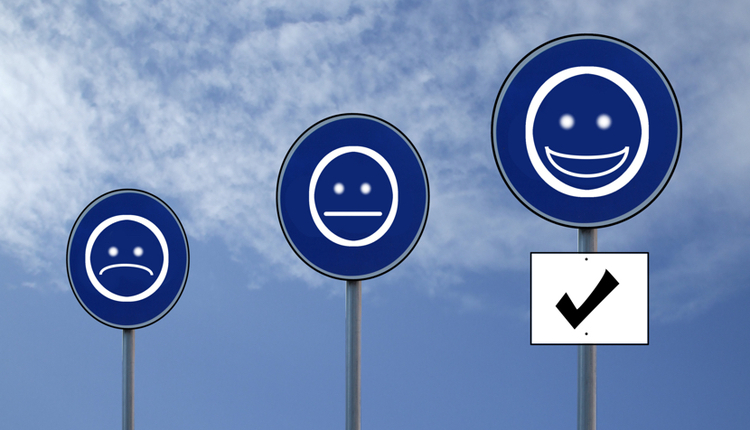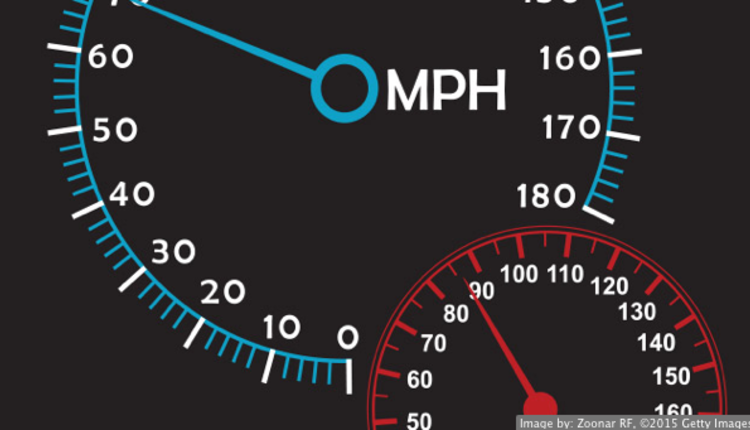Last month, I put forth the values of QR codes as a marketing tool and as a real-world interface to your Internet presence through your customer, or potential customer's, smart phone. After penning that, I found myself even more acutely aware of codes and, more so, their absence. I've actually become a bit obsessive about it, and my wife has completely lost her patience with my code-scanning disorder. I can't help myself; I see a symbol and have to scan it. Despite the malady, I started noticing more and more of those Microsoft Tags showing up, and my Droid X wasn't loaded with the app to read them.
It was time to get educated on Microsoft's Tags, or High Capacity Color Barcodes (HCCB), as the Tag cognoscenti call them. A quick Google search pointed me at Microsoft's Tag website, and within a short time, I was downloading the Android client and developing my own Tag for my personal Woodworking blog.
Now anyone that knows me also knows that I am a begrudging Microsoft user. I am definitely not a fan of the folks in Redmond, but there's no denying success (I'm using their software to type this column). So, it was with significant doubt that I tested my first Tag. I started the Tag app on my phone, pointed the camera at my new Tag on my monitor and before the Tag even came into frame, my phone was connecting to my blog.
I was, frankly, stunned. I'd never seen my Droid X acquire and translate a code that fast before. In fact, my wife teases me about how most of the codes I try to read never actually work — she's, at least anecdotally, correct. I had to test more, so I pulled up a few websites with QR code samples and Tags. My Droid X consistently read the Tags almost instantaneously, and the QR codes continued to disappoint me. My QR code software is a popular package for the Android OS, so I think we can presume that it was operating correctly at its anticipated performance level.
The other neat thing about Tags is that they lend themselves more easily to branding than QR codes. While I have seen a number of clever graphic approaches to QR codes, and the symbology itself is supposed to support a roughly 40% margin of error, the readability of the branded codes was less than impressive in my limited experimentation than the branded Tags.
I don't have the space to go into great detail about Microsoft's marketing model (it's all free for now) and a detailed comparison between QR Codes and Tags, but I think anyone who is considering utilizing barcode technology as part of a marketing strategy ought to give serious consideration to Microsoft's Tags either in addition to, or as a replacement for, QR codes.

















